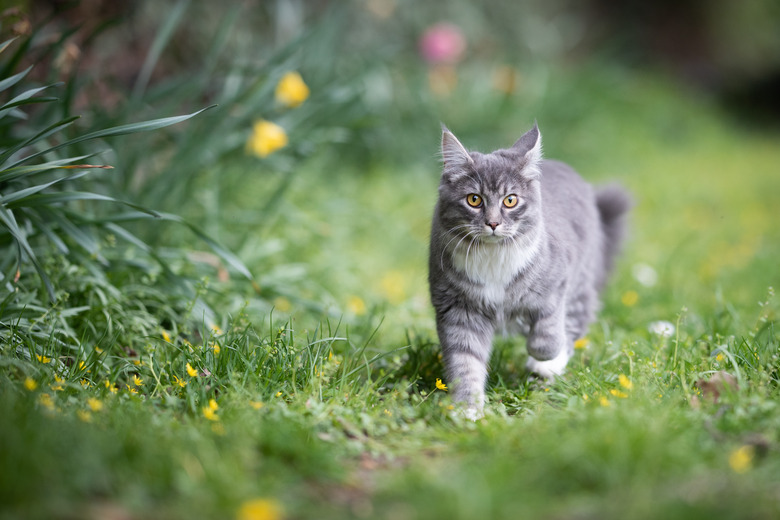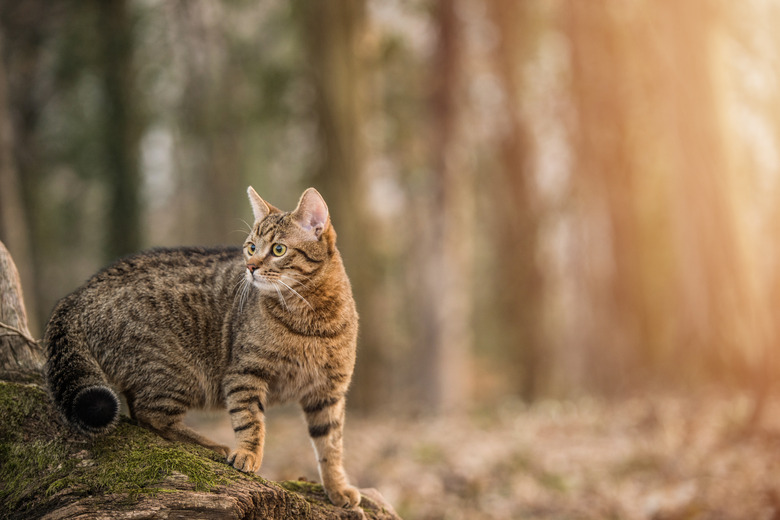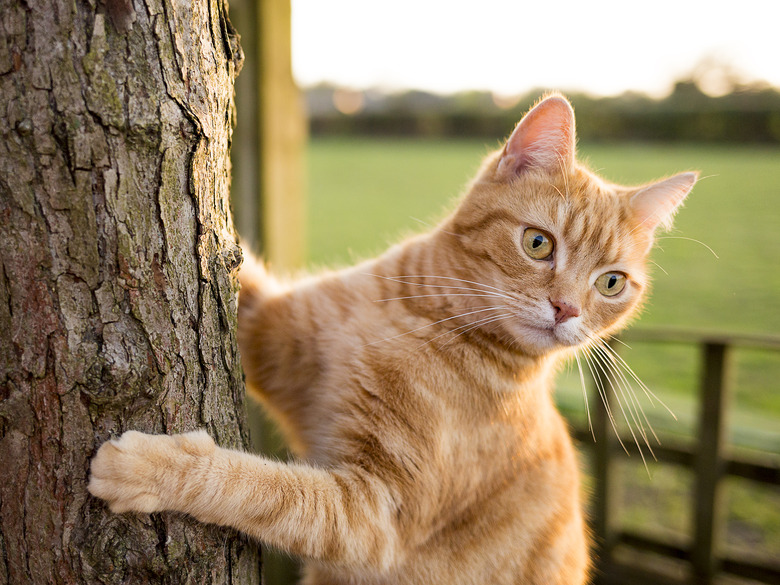Cedar Chips & Cats
When your sweet little kitty decides to do her business in your flower beds — or worse, she eliminates in the house — it's time to start investigating alternative litter box solutions. One fix to consider might be products that contain cedar shavings, which are touted as a type of natural cat litter. But do cats and cedar really make a good combination? Here's the skinny on cats and cedar chips as litter.
Cat litter evolution
Cat litter evolution
When clumping cat litter was invented in the 1980s and made its appearance on store shelves, it revolutionized the way people changed litter boxes. The box smelled better overall and individual clumps of urine and feces could be removed daily, rather than dumping out the whole thing.
But most clumping or scoopable litter contains silica, a common chemical that may cause respiratory issues in certain cats. Later, environmentally friendly litters came onto the market — with some of them containing cedar chips mixed with hardwoods. One benefit of cedar chips for cats is that this substance makes the litter smell better while also absorbing liquids. And if you're trying to go green, these cedar chip/hardwood mixes can be thrown into your compost bin (minus the cat feces), unlike conventional cat litter.
Cats, cedar chips, and safety
Cats, cedar chips, and safety
Using cedar chips with cats is actually an effective way to fight pest infestations and attract cats to urinate in a spot that they find pleasing. In fact, some feral cat advocates feel that cedar chips can help repel fleas and recommend them for general use in cat shelters. The Humane Society of the United States also suggests the use of cedar chips as a warm layer in a shelter for pets who spend significant time outdoors in cold weather.
Though preferences vary for different cats, cedar chips may be your cat's preferred litter box material. For your pet cat who's mostly inside the home, you might try to determine which substance she prefers to eliminate on by setting up two boxes filled with two different litters. For example, try cedar shavings in one and crumpled newspaper in the other. And when your kitty ventures outside, safe gardening for pets also includes the use of cedar chips. When tamping down weeds in your yard, nix cocoa mulch in favor of safer options like hemlock bark, pine, or cedar chips.
Cedar chips and other pets
Cedar chips and other pets
If you also have other pets in the house, bear in mind that the Animal Humane Society warns that cedar shavings can emit fumes and oils that are dangerous to small animals, such as hamsters or gerbils. Make sure to store your cat's cedar chip litter box away from any pocket pets you own — and of course, keep gerbils and hamsters out of reach of your naturally curious cat.
Whether you decide on cedar chips for your cat or another type of litter, here are some handy litter box training tips:
- Size matters: Be sure the box you provide is large enough for your cat to turn around in and do her business without having to touch the sides.
- A quiet place: Cats prefer a peaceful spot to pee. Put your feline's litter box in a low-traffic area of the house.
- Clean regularly: Change the litter every week and fill the box with a new supply. And scrub out the box monthly with soap and hot water.
- Don't punish: If your cat makes a mistake and goes outside the box, never strike her or rub her nose in the mess. Instead, whistle or clap your hands to stop the process and gently move your kitty to the correct location.


